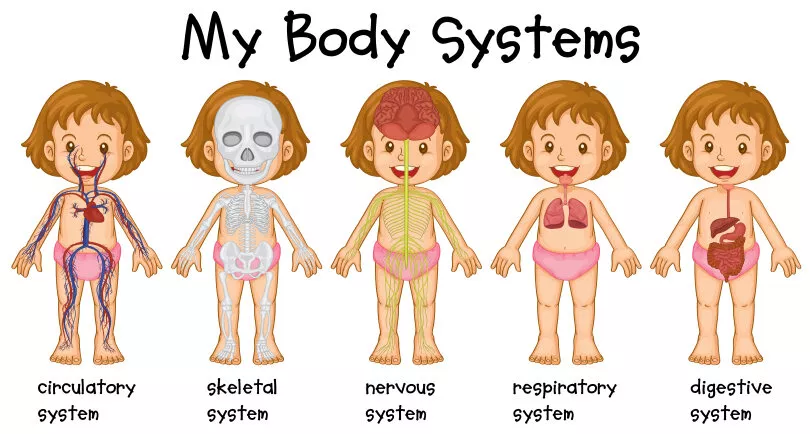How high can you jump on different planets? A guide to jumping across the Solar System

Have you ever wondered what it would be like to jump really high? Like, really, really high? We’re talking about jumping higher than a basketball hoop! What if we told you that you could do it on different planets?
In this blog post, we'll explore how the gravities of different planets affect how high you can jump. So, whether you're curious about what kind of leaping feat YOU might be capable of on other planets, or you just want to have some fun learning about gravity, keep reading!
Gravitational Pull of Different Planets
Gravity is the force that pulls objects toward each other. The amount of gravitational pull depends on the object's mass and the distance between them. On Earth, the gravitational pull is 9.8 m/s². Other planets in our solar system, however, have different gravitational pulls because of their different sizes and masses.
Calculating How High You Can Jump on Different Planets
To calculate how high you can jump on each planet, we need to use the formula:
height = (jump velocity²) / (2 x gravitational pull)
Let's assume that you can jump with a velocity of 2 m/s.
Using the formula above, we can calculate how high you can jump on each planet:
- Mercury: height = (2²) / (2 x 3.7) = 0.54 metres
- Venus: height = (2²) / (2 x 8.87) = 0.23 metres
- Earth: height = (2²) / (2 x 9.8) = 0.20 metres
- Mars: height = (2²) / (2 x 3.71) = 0.54 metres
- Jupiter: height = (2²) / (2 x 24.79) = 0.03 metres
- Saturn: height = (2²) / (2 x 10.44) = 0.18 metres
- Uranus: height = (2²) / (2 x 8.87) = 0.23 metres
- Neptune: height = (2²) / (2 x 11.15) = 0.18 metres
- Pluto: height = (2²) / (2 x 0.62) = 6.45 metres
As we can see, you would be able to jump the highest on Pluto due to its weaker gravitational pull. On Jupiter, you would barely be able to jump at all.
Jumping in space or even outside of our solar system isn't quite possible yet, but exploring how different planetary forces affect us gives us an idea of what space exploration may look like in the future.
So, next time you're watching a sci-fi movie and the characters are jumping around on different planets, you can impress your friends with your knowledge of the varying gravitational forces in our solar system.
 SG
SG  VN
VN 














